The U.S. Chemical Safety and Hazard Investigation Board (CSB) released a new safety video on the investigation into the TPC plant explosions. Usually I’ll let the vultures feed on this, but I do have some history with this “Turkey Farm,” as some called it in the Texaco Chemical era, known now as the TPC Group Chemical Plant.
Back in the early nineties, when I was pondering a career (no, I was just a slacker, and I ended up at C. H. Heist Corp., hydro blasting filters at Neches Butane), I saw many things in this refinery. The first observance was that half of the refinery was clean but the rest was in disrepair. I was told that the clean units hadn’t been used in 40 years. I don’t know if this was true, but it would fit. Also, back then I was usually in the betamethaoxyprofil nitrile unit (I don’t even know if I spelled it right, but my editor has been told to skip this word because I was tired of looking at it, and I’m not going to spend time on it now). I’m not a chemist, but betamethaoxyprofil nitrile is something I wouldn’t put in my cauldron. This “additive?” is not made today. We’d been called there to clean a drain, but some jackleg college graduate thought it good to try to take over the situation because we couldn’t get the water to flow. Being a jackleg myself, I just watched as he stuck his bare hand in the hole to try to clear it. This was after he was yacking about his love of female companionship. We all knew he was an idiot, and luckily another Neches Butane employee was there to tell him that sticking your hand in a drain full of Benzine causes cancer. His face turned white; I guess that education of his taught him nothing. True story. I was taught if your glove can’t reach it then use your rubber boot. I didn’t go to college to learn the correct etiquette for being a boilermaker, or whatever the hell the jackleg was, but I have drunk Texaco water, so I’m pretty much doomed—I digress.
The “Turkey Farm” nickname for Neches Butane was directly administered by the folks at the old Jefferson Chemical when Texaco owned them both, as far as I have heard. I know someone who was in accounting at Jefferson Chemical at the time, and they stated that Jefferson Chemical made the money while Neches Butane lost it. I have no horse in the race, but I can believe it because of Neches Butane’s history. As for as my history in refineries, that ended sitting in a smoke shack at 2:30 in the morning (when they had a smoke shack). “What the hell am I doing here, and why!” At this point I was done with refineries.
Cut to February 2019. As I drove south on Magnolia Street in Port Neches, I noticed that the flare at TPC had a problem. It was shooting a hundred feet in the air! Then, as the wind took it to the ground, it was moving like one of those inflatable air dancers the car dealerships use to get your attention. And no one said anything other than we were having problems with a unit. Fun times in Port Neches. It almost sounds like the daily observance at Flint Hills. Shout out to the El Vista residents in Port Arthur. Keep safe.
The night that TPC had their mishap, I was asleep but was awakened by texts from nurses in my family because they work the night shift out of town and had no knowledge of the situation. Luckily there was no damage here, but a ring camera fell in the blast. I did not seek reimbursement, but Wednesday morning’s air traffic over Jack Brooks Regional Airport looked similar to the signing of the Japanese surrender in Tokyo Bay. Every lawyer from Houston to Dallas was flying in. I did my usual work that Wednesday, but I kept getting updates from Judge Jeff on the phone (because I subscribe to STAN, the Southeast Texas Alerting Network) on the evacuation status of residents. I like Judge Jeff a lot, and I usually love to hear his voice, but if you remember, 2019 Tropical Storm Imelda did her thing, and the Judge gave updates after updates. We were fine here, but I understand some people don’t realize that you DON’T RUN YOUR GENERATOR IN YOUR HOUSE!
That afternoon, I was in Beaumont at an office and thought I heard the garbage truck outside. No, the notification on a camera at my house said otherwise. That was the moment the “rocket” lifted off and scared the hell out of everyone in charge. (It was actually a unit tower that caught on fire and shot into the air like a firecracker.) I left and picked up what I needed at HEB. Remember, this was the Wednesday before Thanksgiving. I went home and began to cook Thanksgiving dinner the night before the holiday, like I have done for years. (We just heat it up on Thursday.) As the turkey was cooking, we did a walk-about in the neighborhood and watched the smoke from TCP move to the Fannett area of Jefferson County. Despite the calls for evacuation, I chose to cook Thanksgiving dinner that night and watch movies. The first movie was Dunkirk! (What else would be suitable?) The next was 1917.
I woke up to changing winds, and the smoke, but those who were worried about hell on earth—of us needing to evacuate—drove in and had Thanksgiving dinner in the afternoon. We are all good, under the Oakes on Ye Olde Block’s Formosan Farm, but we will endure whatever bullshit is handed to us.
I don’t care about Neches Butane, Jefferson Chemical, Texaco Chemical, or any other shite company in my past, but I hope those in charge will have to answer for this. They won’t. Even the Vultures who flew in are not your friends. It’s a game that no one ever wins. But I do find it fitting that the end of TPC came the day before Thanksgiving. It kind of puts the “Turkey Farm” reference in context. Gobble, gobble.
To quote 西住 みほ, Nishizumi Miho, Panzer Vor! We all move forward. And I hope we can leave this business, and it’s history, behind.
U.S. Chemical Safety and Hazard Investigation Board (CSB) Report:
12 News Now:
Southeast Texas Alerting Network:
Tropical Storm Imelda:


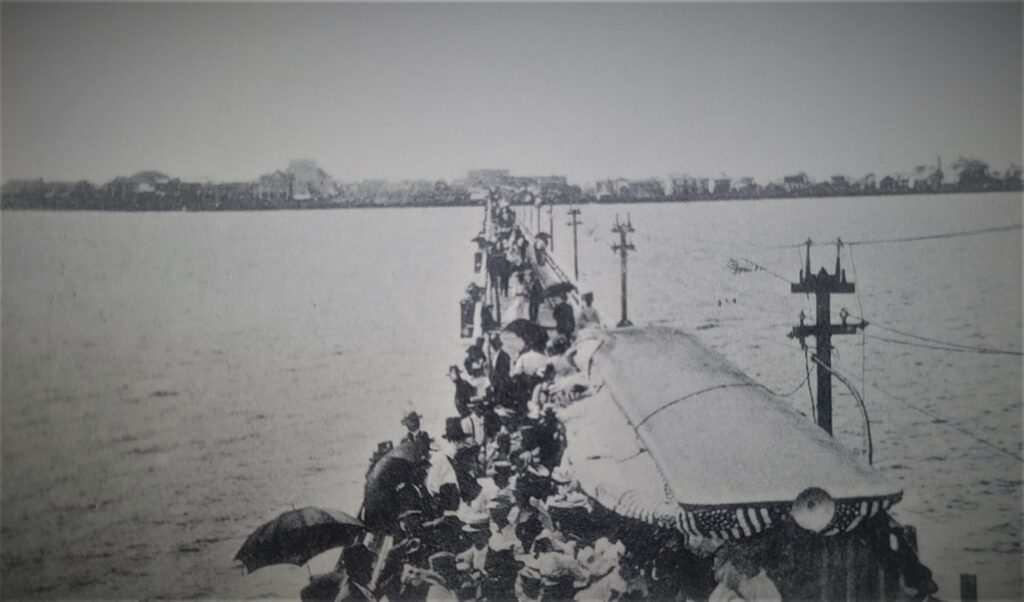
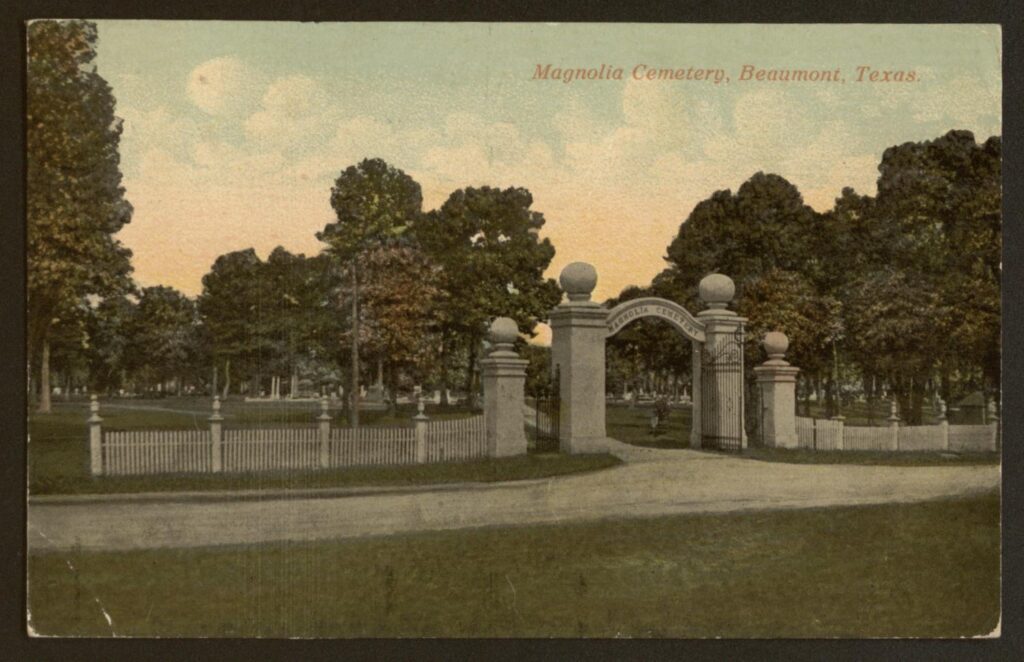
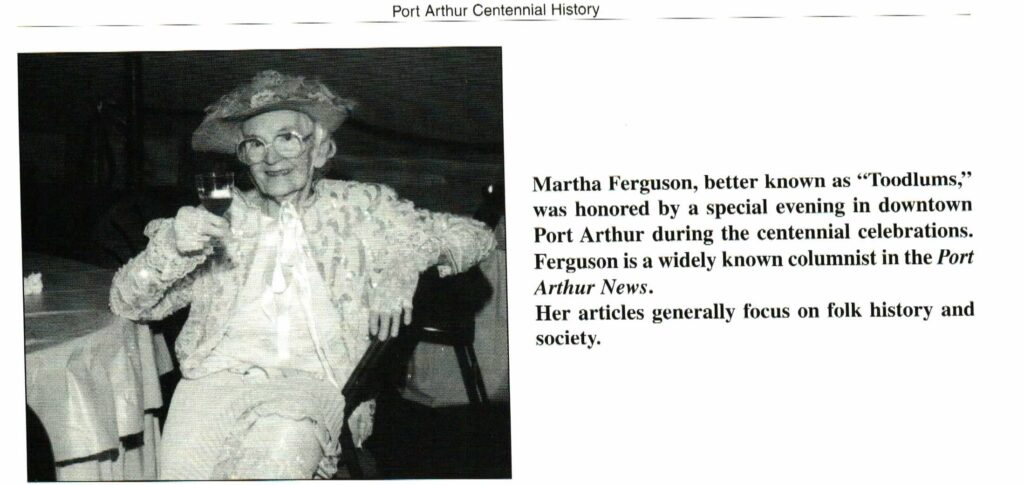
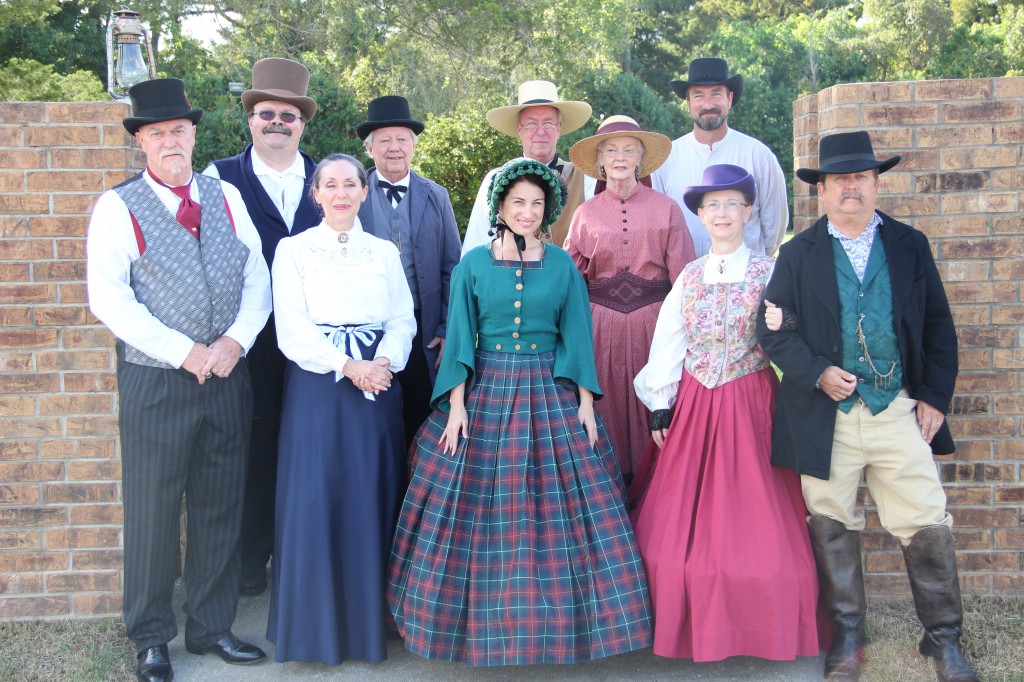
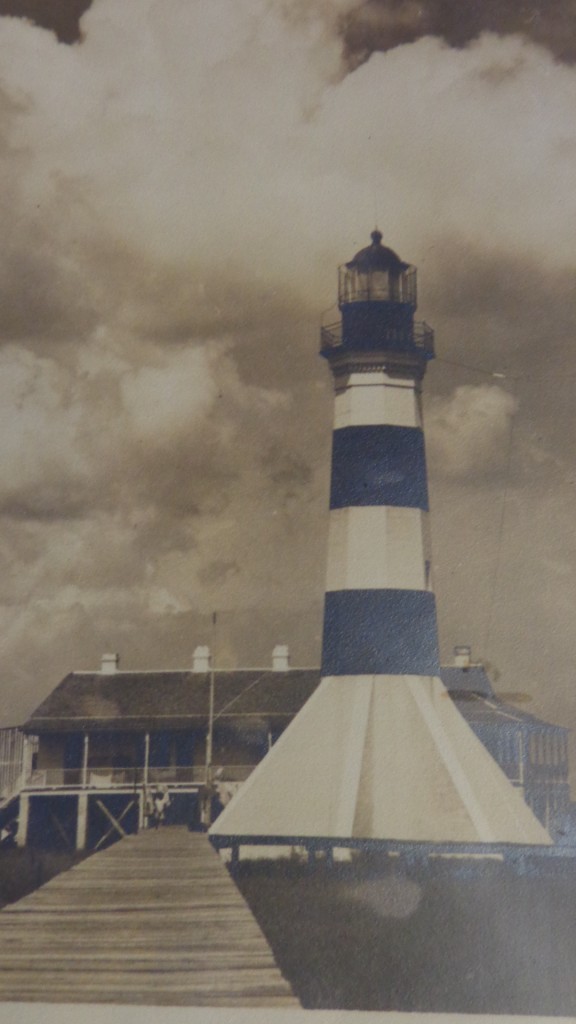
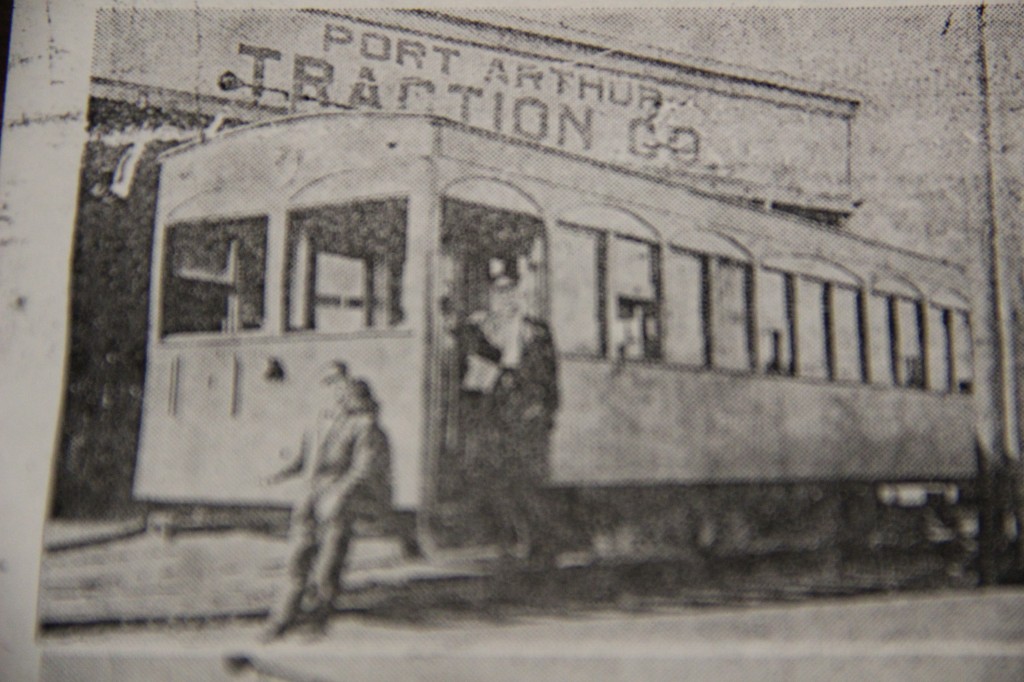
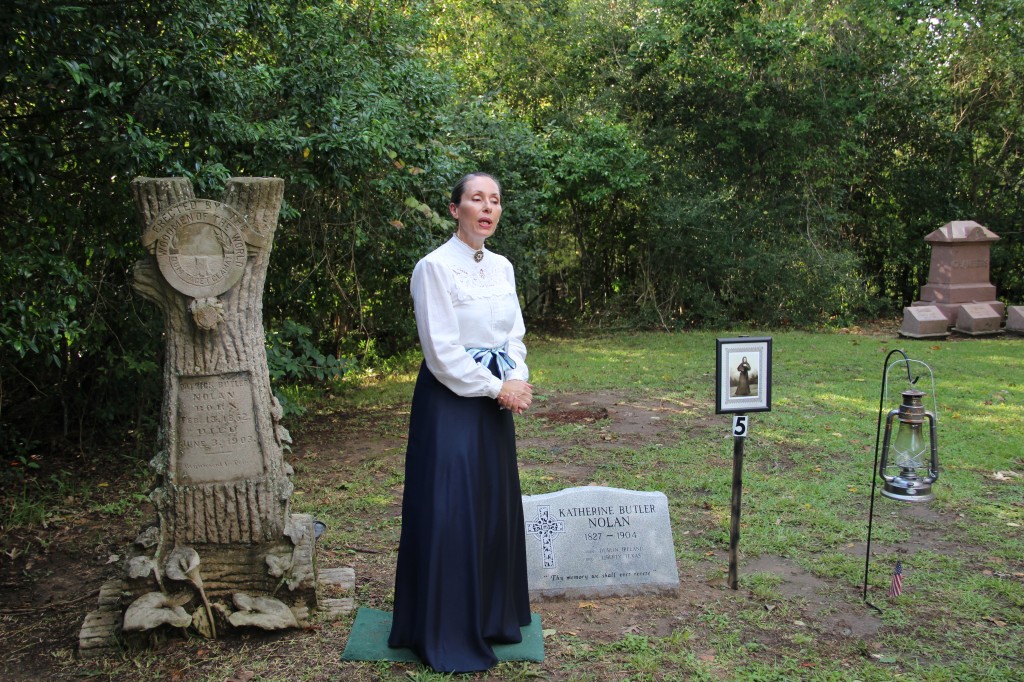
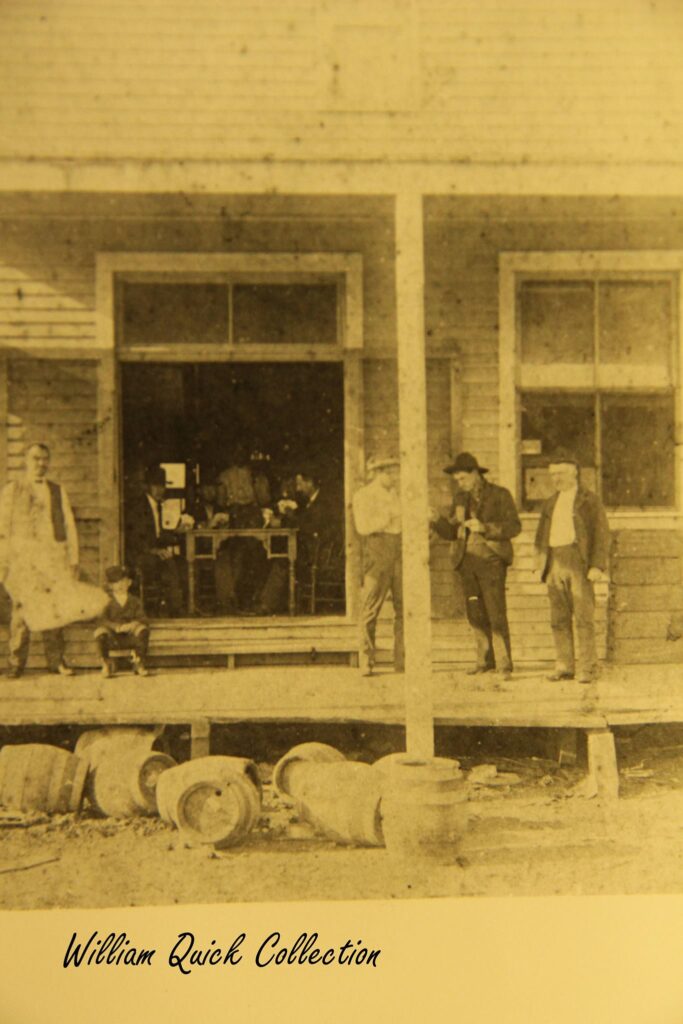
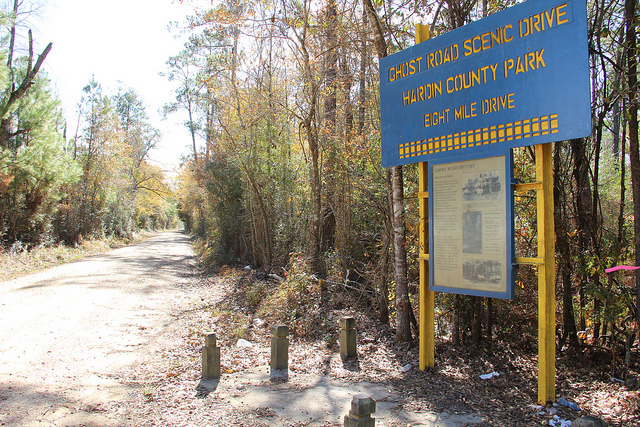

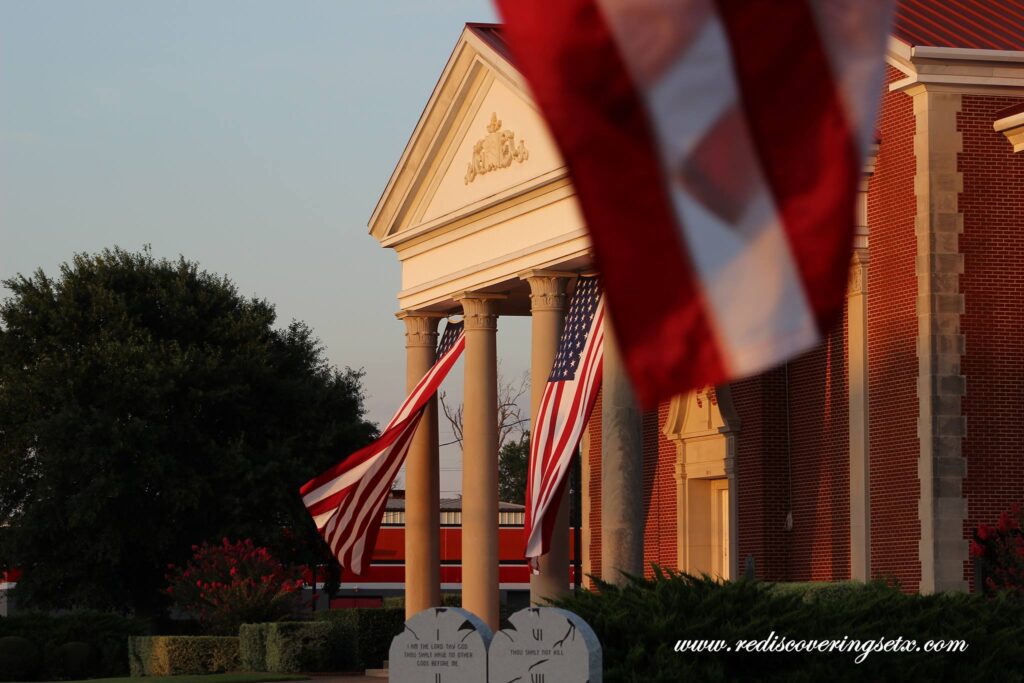
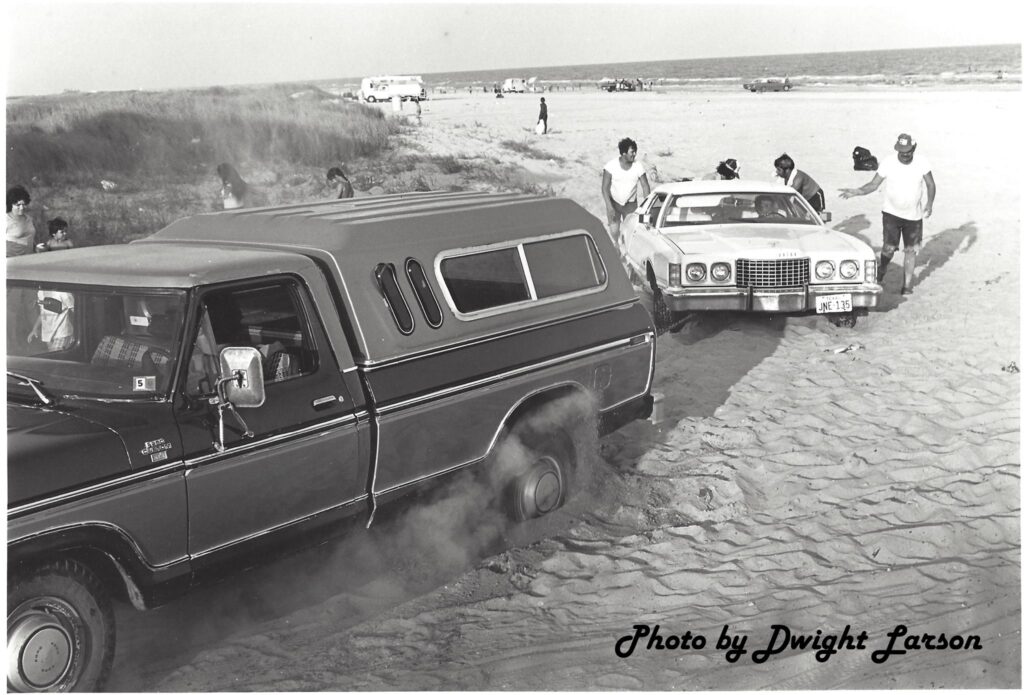
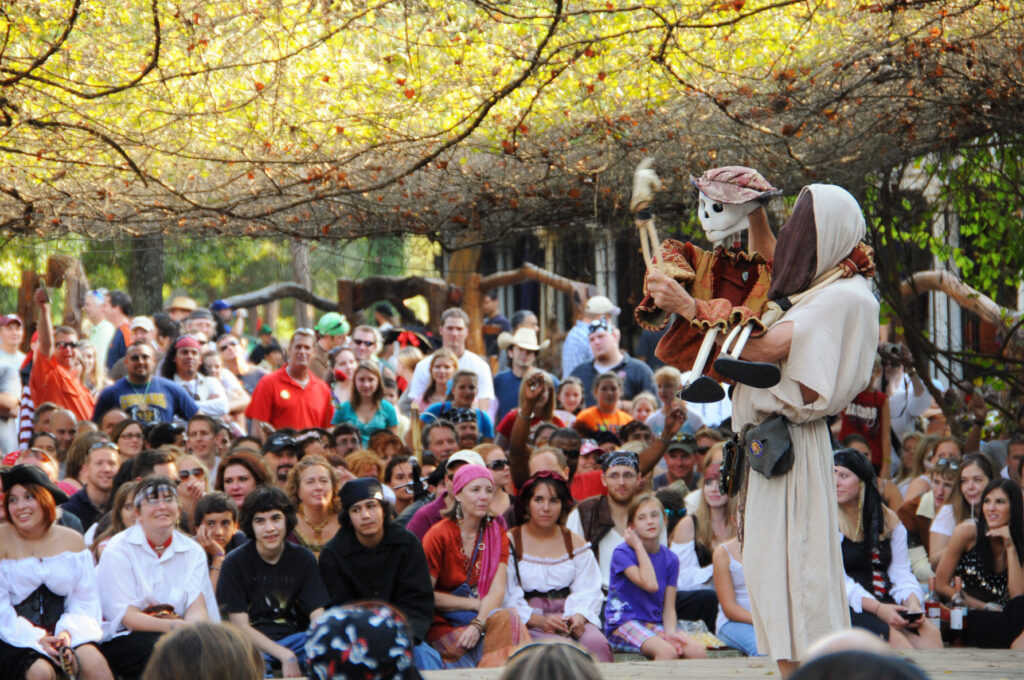
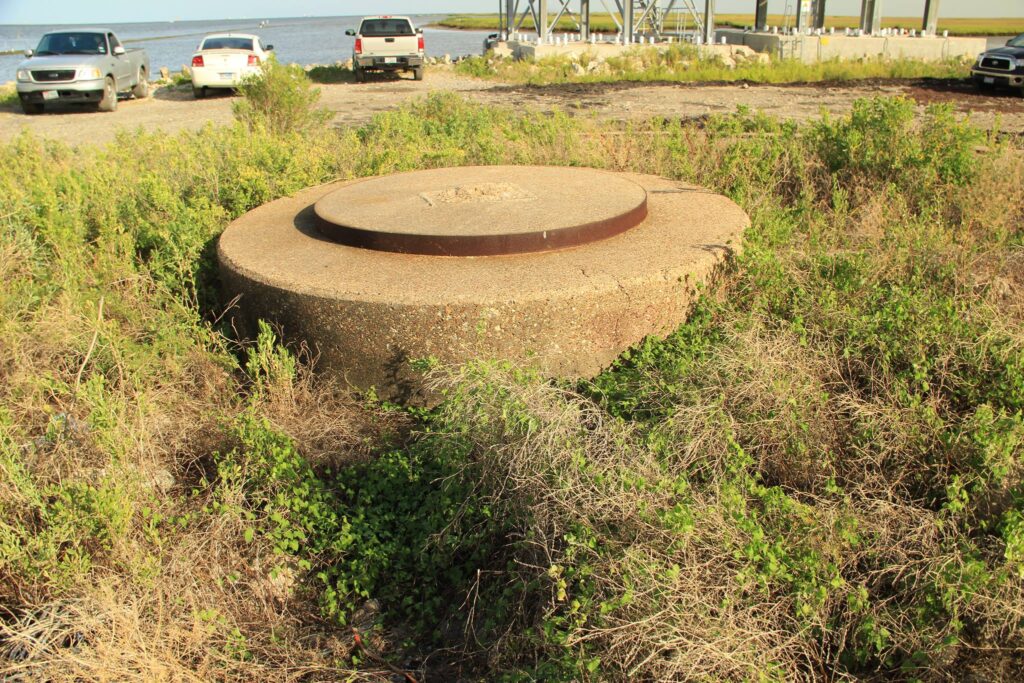

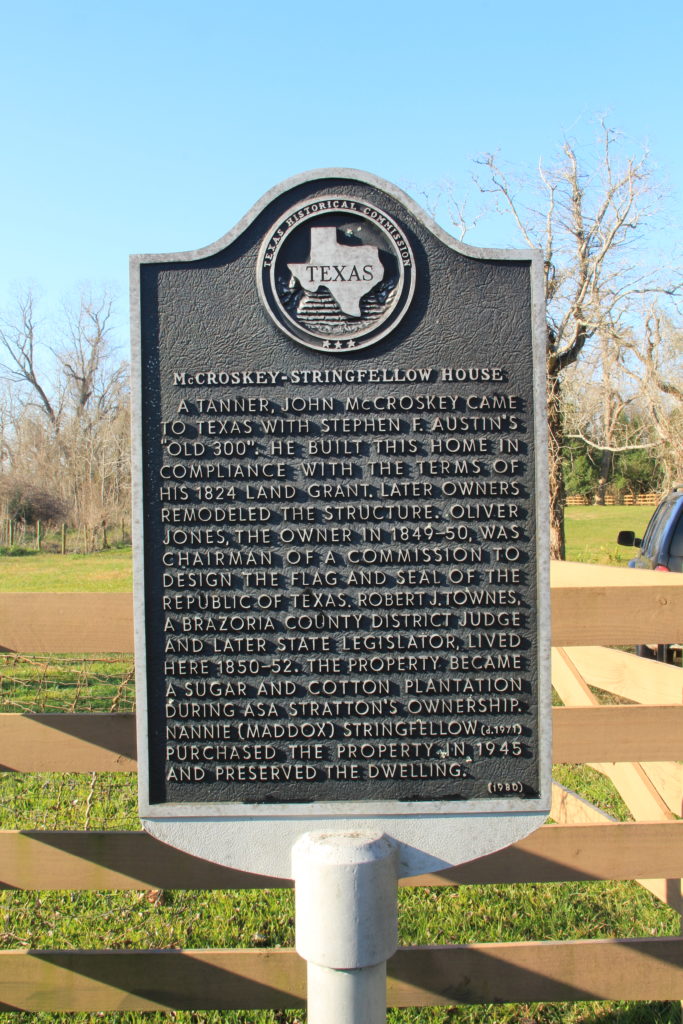
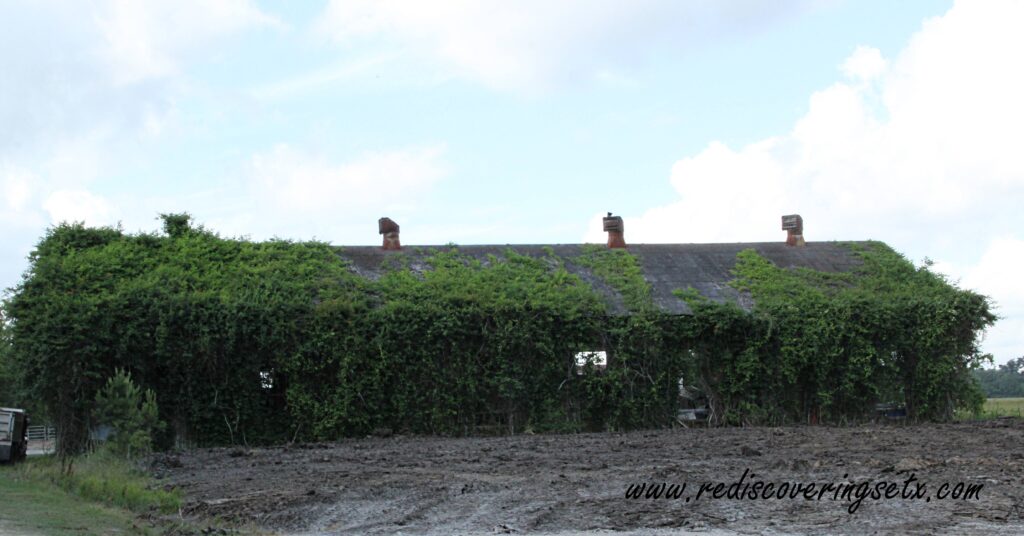
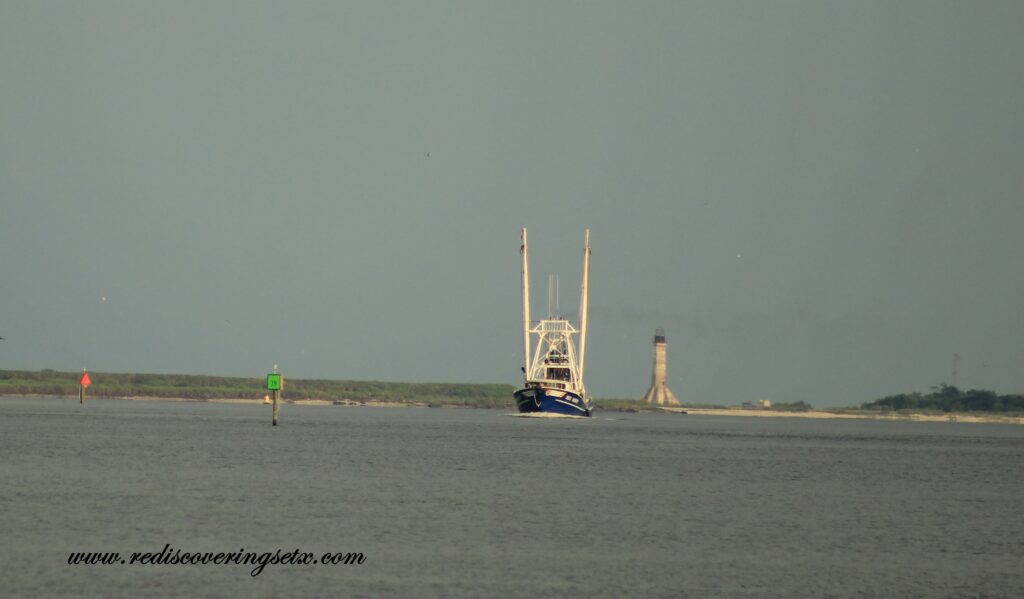
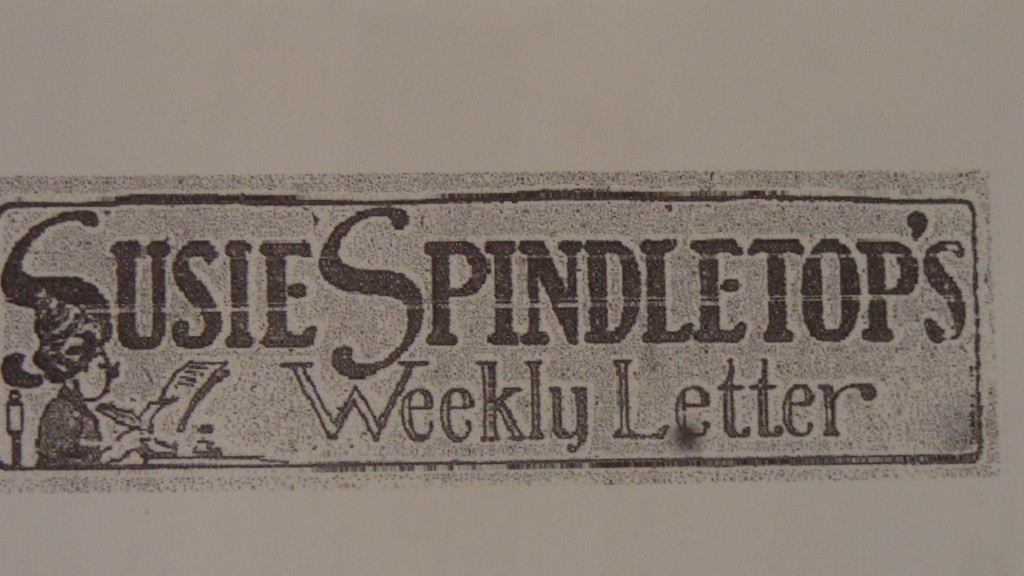
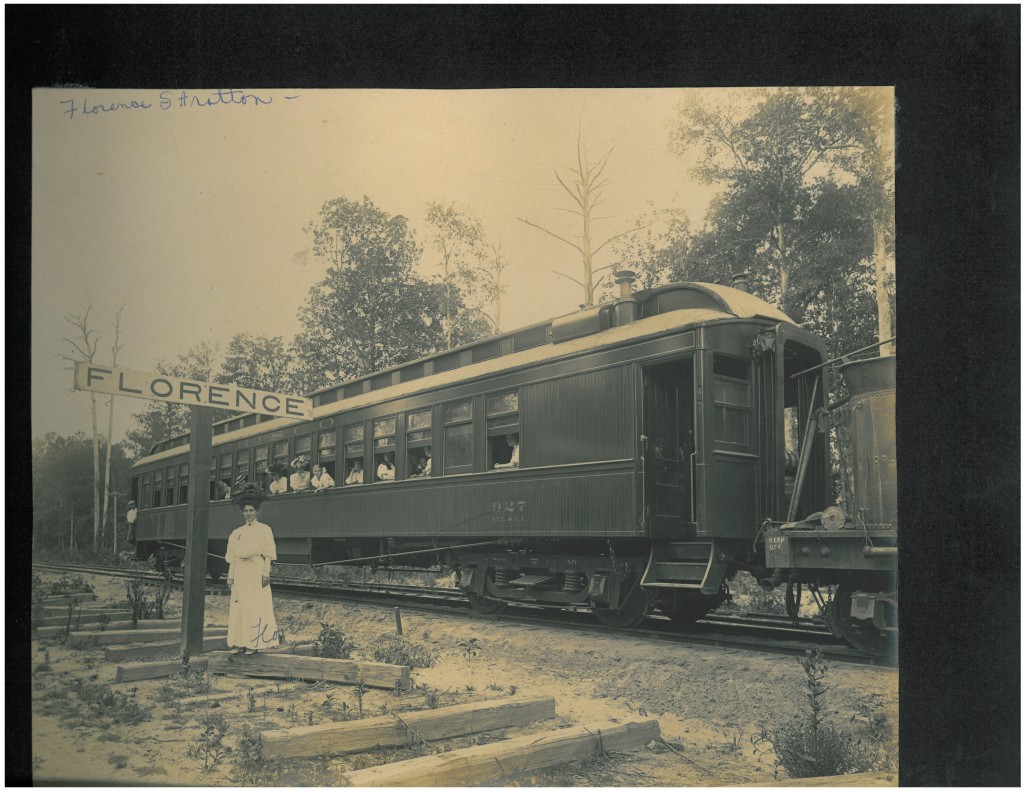
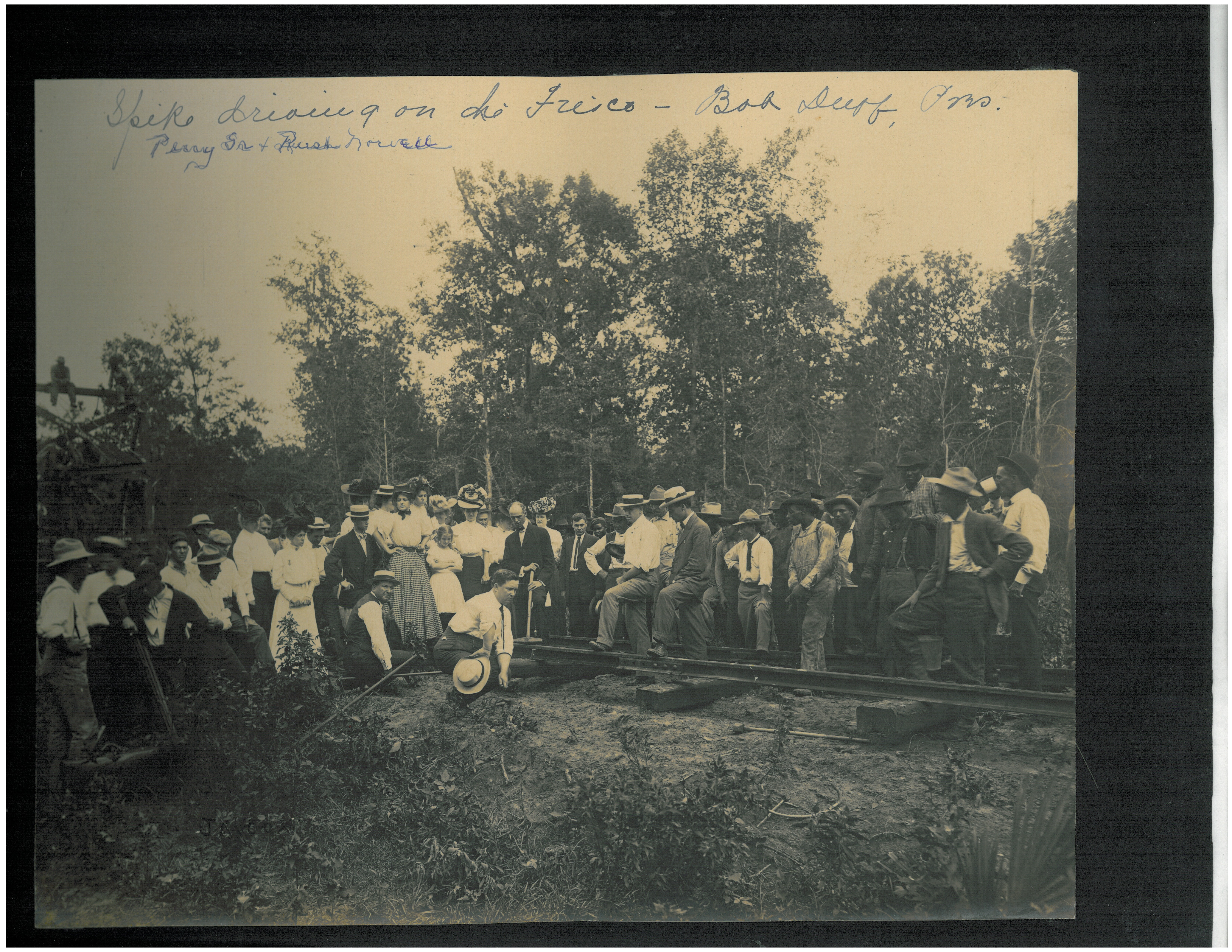
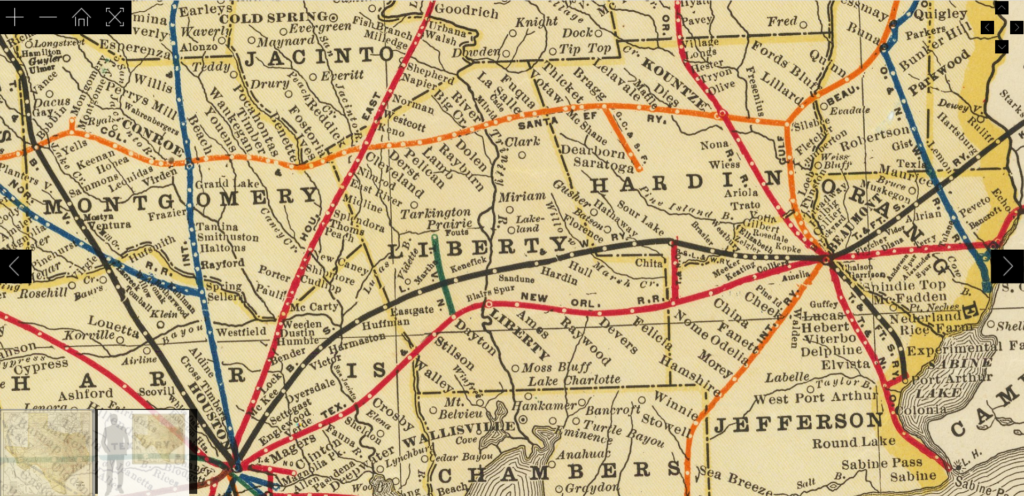
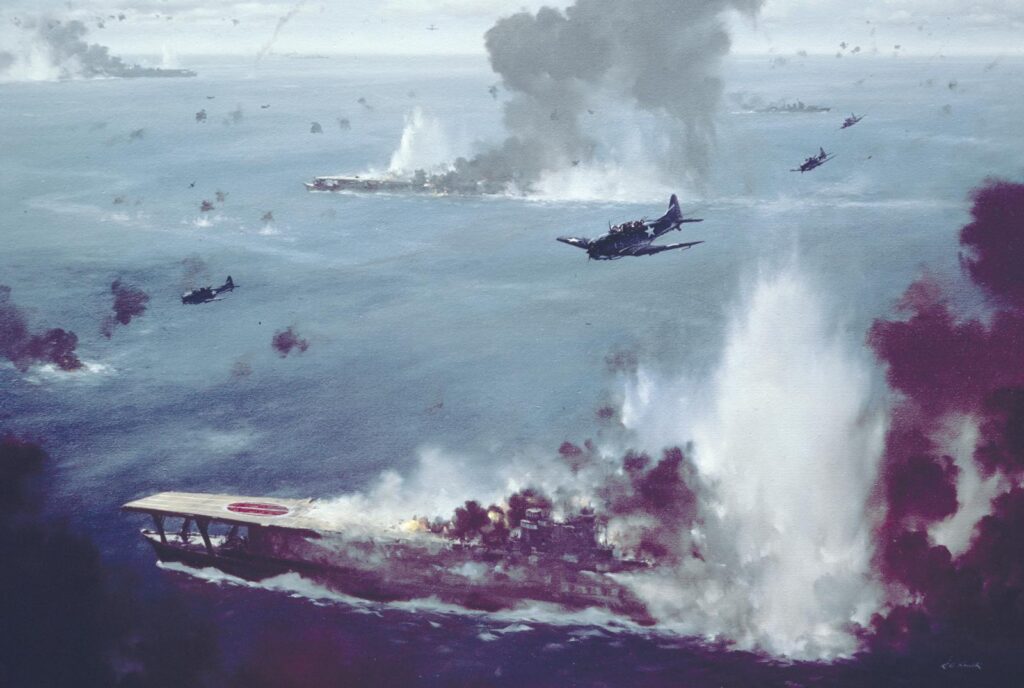
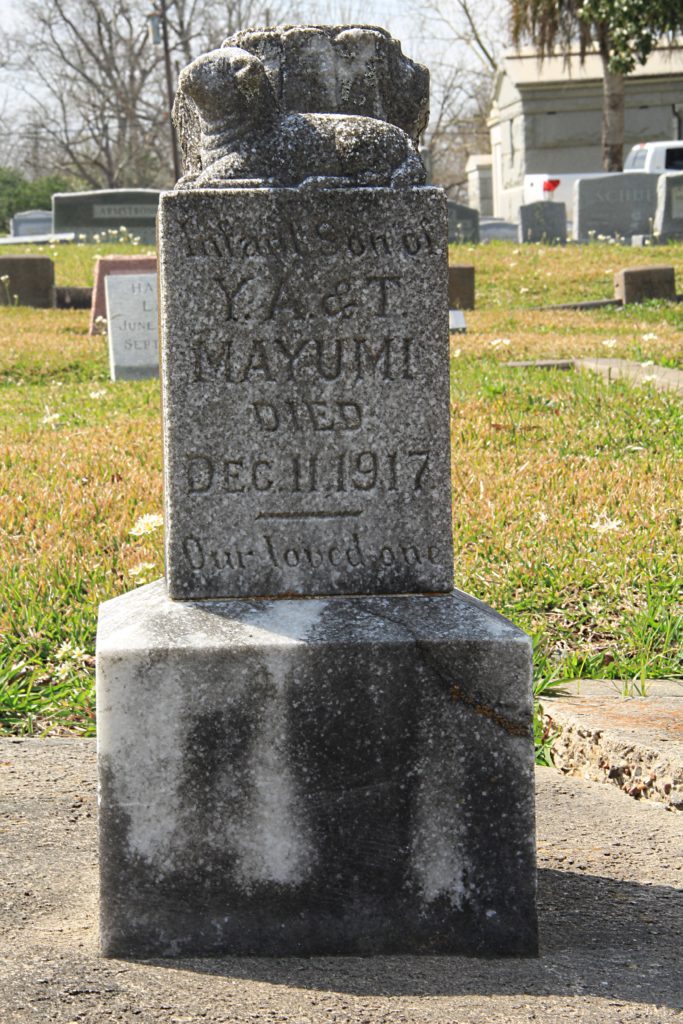
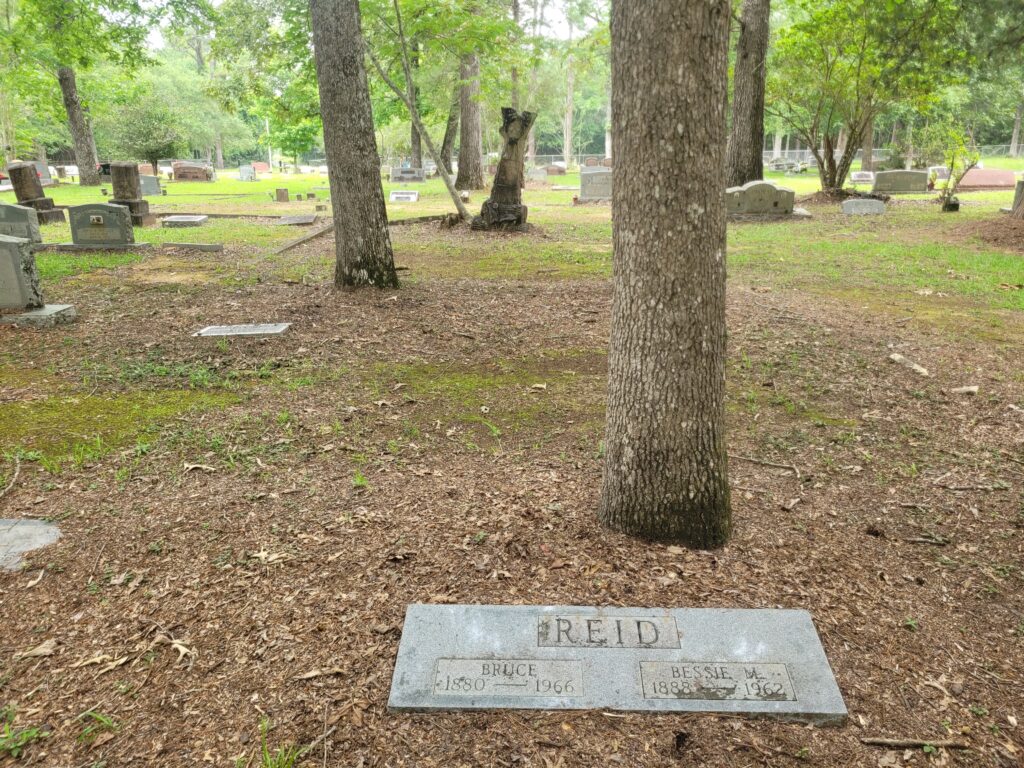
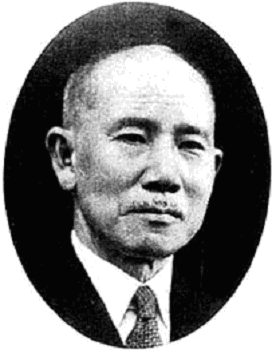
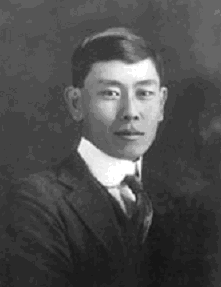
You must be logged in to post a comment.